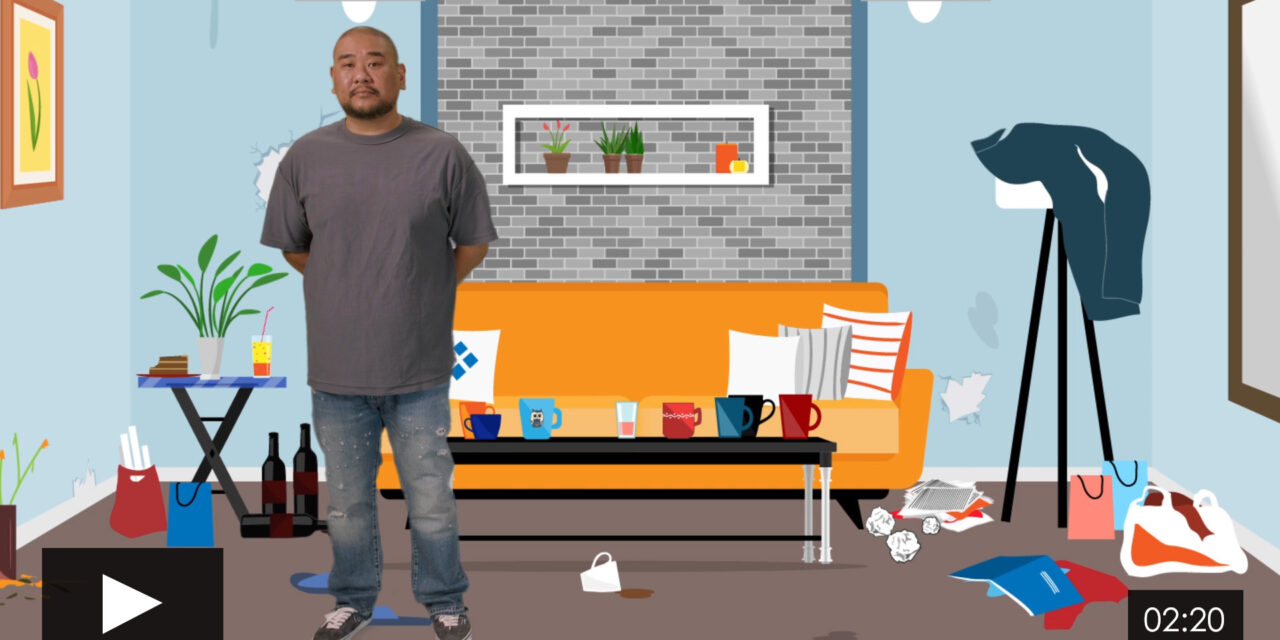This is the fourth episode in our new video series dramatizing the shared and different terms of occupancy under residential rental and lease agreements, and the controlling provisions.
The prior episodes covers critical shared provisions in residential rental and lease agreements.
Documenting the condition of premises and furnishings during the walk-through
A residential landlord has the statutory duty to maintain the rented premises in a habitable condition at all times. Similarly, a tenant has the statutory duty to refrain from damaging the premises and advising the landlord of adverse conditions which come about during the tenancy. [Calif. Civil Code §§1941; 1941.2]
To avoid disputes over who is responsible for any damage to the premises, the residential landlord and tenant complete and sign a condition of premises addendum before the tenant is given possession. [See RPI Form 560]
Before a tenant takes possession, the landlord or their property manager needs to inspect the unit with the tenant, known as a walk-through.
Related video:
Together, the landlord and the tenant will use a condition of premises addendum to note:
- the premises is in satisfactory condition;
- any existing damage to the premises; and
- any repairs the landlord is to make to the premises.
When the unit is furnished, the landlord and tenant complete and sign an additional form on their walk-through called a condition of furnishings addendum. The condition of furnishings addendum notes:
- the inventory of furnishings located in the unit;
- the current condition of the furnishings; and
- the tenant’s acceptance of the furnishings. [See RPI Form 561]
Within thirty days before the end of a residential tenancy, the condition of premises addendum is reviewed during the pre-expiration inspection to help establish tenant responsibility for excess wear and tear to the unit rented. [See RPI Form 567-3]
The public policy purpose served by a residential landlord or property manager conducting a joint pre-expiration inspection is to timely advise a vacating tenant of the repairs and cleaning the tenant needs to correct or cure to avoid deductions from the security deposit.
Related article:
Editor’s note – Stay tuned! A new episode in this series will release each week.














